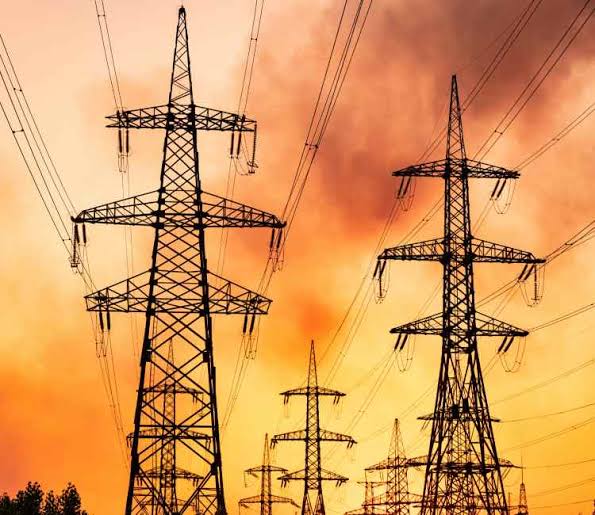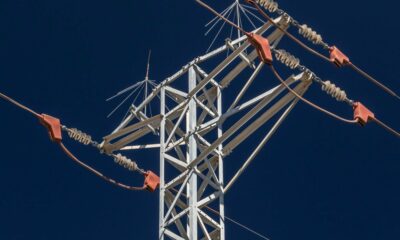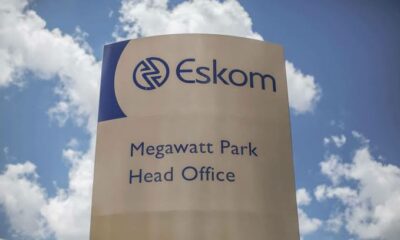Business
Eskom’s R100 Billion Municipal Debt Crisis: South Africa’s Power Grid Faces Existential Threat

Minister warns of total collapse as municipalities default, reforms stall, and Eskom’s revenue base crumbles.
South Africa’s national power utility, Eskom, is teetering on the brink of a financial abyss as unpaid municipal bills continue to mount. According to Electricity and Energy Minister Kgosientsho Ramokgopa, the country’s municipalities now owe Eskom just under R100 billion, a number that’s grown by around R3 billion every quarter over the past year.
“The inability to collect revenue from municipalities is an existential problem for Eskom,” Ramokgopa warned during his Budget Vote speech on 11 July 2025. “If this is not managed urgently, it could lead to the total collapse of South Africa’s electricity complex.”
Where’s the Money Going?
At the core of the crisis is a failing system: municipalities, tasked with reticulating electricity to homes and businesses, are unable or in some cases unwilling, to collect payments from their customers. This means they fall behind on their own bulk electricity payments to Eskom.
“They’re spending money they must collect from the bulk consumer,” Ramokgopa explained. “But if they can’t collect it, they can’t reinvest into the infrastructure and the entire system begins to break down.”
The issue is not new. The National Treasury launched a debt relief programme in 2023, offering municipalities the chance to write off portions of their Eskom debt in exchange for strict conditions:
-
Keep current accounts up to date
-
Install smart meters
-
Remove illegal connections
But by August 2023, only 11 of the 28 municipalities that signed up were still in compliance. Two years later, the programme’s effectiveness is being seriously questioned.
Distribution Agency Agreements (DAAs): A Flicker of Hope?
As part of a new approach, the Department of Energy is now rolling out Distribution Agency Agreements (DAAs). These are meant to assist municipalities in managing local distribution, billing, customer disputes, and fault resolution.
Ramokgopa said municipalities that have implemented DAAs have seen:
-
Payment rates climb from 10% to 30%
-
Faster resolution of technical faults
-
Better customer dispute management
-
Full settlement of current Eskom accounts
But the initiative is still in early stages and hasn’t reached the majority of the 257 municipalities across the country.
Paying Consumers Carry the Burden
As municipal debt grows, Eskom has fewer resources to invest in upgrading its grid, maintaining infrastructure, or keeping lights on during peak demand. The result? Eskom repeatedly applies for tariff hikes in an effort to recover shortfalls.
In its latest application, Eskom requested arrears recovery amounts of:
-
R8.9 billion in 2025/26
-
R9.9 billion in 2026/27
-
R10.8 billion in 2027/28
But in a small win for ordinary South Africans, the National Energy Regulator (NERSA) rejected these debt-related requests, meaning paying customers won’t foot the bill for municipal non-payment.
Still, Ramokgopa warns the overall trend is unsustainable. In July 2024, he projected that unchecked municipal debt could balloon to R3.1 trillion by 2050, an unthinkable sum that would choke any chance of economic recovery.
Communities at Risk: Ghost Towns in the Making
The human cost of the crisis is beginning to surface. In small towns across South Africa, power outages are no longer just about load shedding, they’re becoming symptoms of a decaying financial ecosystem.
Poor collections mean broken transformers remain unfixed. Overburdened substations go unrepaired. And when Eskom eventually reduces supply due to non-payment, schools, clinics, water systems, and small businesses bear the brunt.
“These aren’t just unpaid bills,” one local government official in Mpumalanga noted on social media. “They’re ticking time bombs.”
The Big Picture: Systemic Collapse Without Reform
What we’re witnessing isn’t just a cash flow problem, it’s a structural failure of governance, accountability, and planning. South Africa’s local governments are meant to serve as the backbone of service delivery. But when they crumble financially, they drag the whole power system down with them.
Eskom may be the face of South Africa’s electricity crisis, but it’s increasingly clear that municipalities are the silent accelerants behind the flames.
With nearly R100 billion in unpaid bills, a failing debt relief plan, and national revenue collection on a downward spiral, Eskom’s survival will depend on whether local government reform becomes a national emergency, not just another line in a budget speech.
South Africans are tired of hearing that the grid is “under pressure.” But this time, the warning bells from Minister Ramokgopa are not just about inconvenience, they’re about collapse.
The lights are still on. But the system that keeps them burning is dangerously close to going dark.
{Source: My Broad Band}
Follow Joburg ETC on Facebook, Twitter , TikTok and Instagram
For more News in Johannesburg, visit joburgetc.com


























